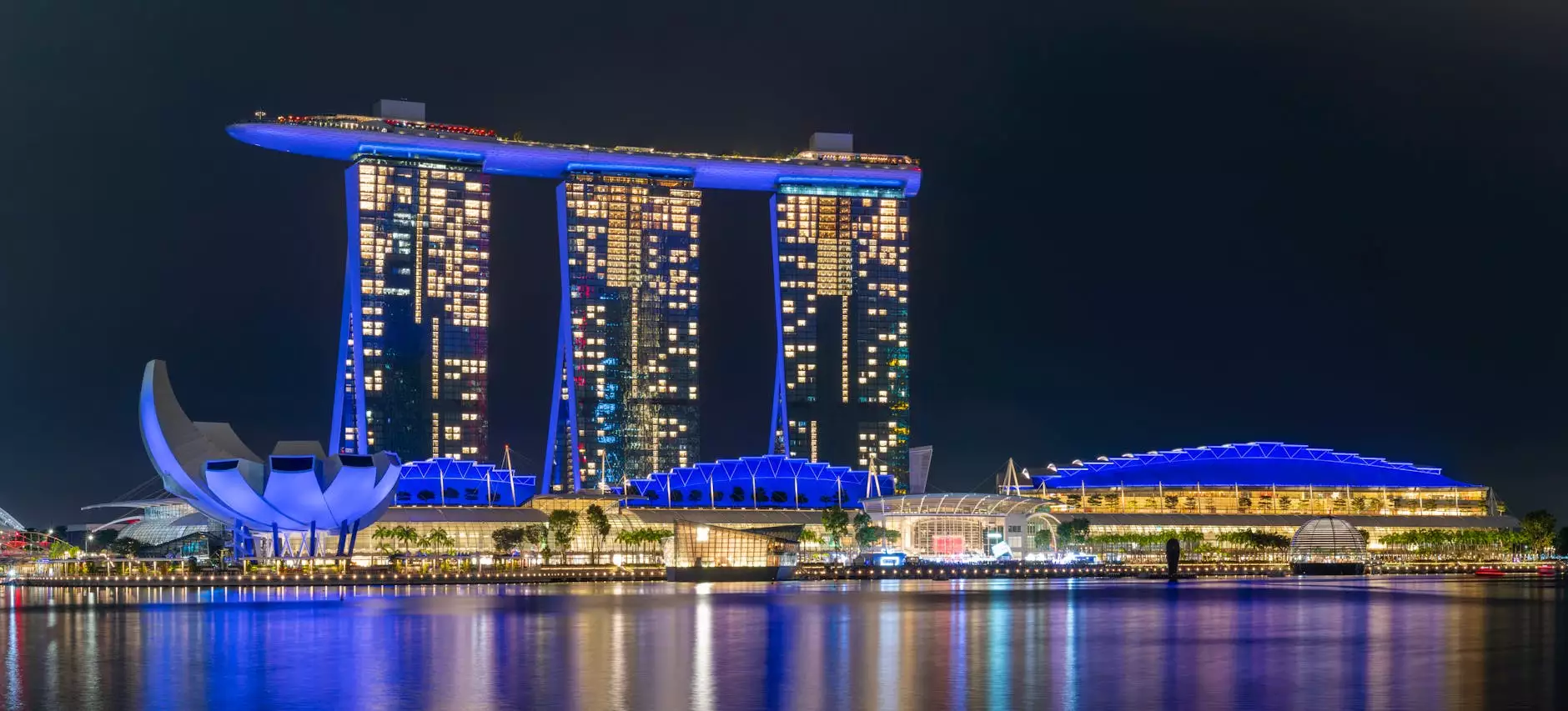The Effects of Unilateral Salpingo-Oophorectomy

In the realm of women's health, one surgical procedure that often elicits curiosity and concern is the unilateral salpingo-oophorectomy. This surgical intervention involves the removal of one ovary and one fallopian tube, and it is commonly performed for various medical reasons, including the treatment of ovarian cysts, cancers, or other gynecological conditions. Understanding the effects of unilateral salpingo-oophorectomy is crucial for women considering this surgery, as well as for healthcare providers guiding their patients through treatment options.
What is Unilateral Salpingo-Oophorectomy?
Unilateral salpingo-oophorectomy, often abbreviated as USO, entails the removal of one of the female reproductive organs—either the ovary or the fallopian tube—or both on one side. This surgical approach is typically indicated for the following reasons:
- Ovarian Tumors: Both benign and malignant tumors can necessitate removal.
- Endometriosis: Severe cases may require surgical intervention to alleviate symptoms.
- Ovarian Cysts: Persistent or problematic cysts often lead to surgery.
- Infection: Severe infections affecting the ovary or tube can lead to their removal.
Reasons for the Procedure
There are several medical reasons that may lead to the recommendation of a unilateral salpingo-oophorectomy. Understanding these indications can help demystify the procedure:
- Ovarian Cancer: If ovarian cancer is detected, especially when confined to one ovary, this procedure may be recommended as a part of treatment.
- Benign Tumors: Tumors that are not cancerous but cause discomfort or other issues can necessitate their removal.
- Severe Pelvic Infections: Conditions such as pelvic inflammatory disease (PID) may lead to the need for this procedure.
Effects of Unilateral Salpingo-Oophorectomy
The effects of unilateral salpingo-oophorectomy can be categorized into several domains: physical health, hormonal changes, emotional impact, and reproductive implications. Understanding these effects is critical for women undergoing this surgery as well as their healthcare providers.
Physical Health Effects
After a unilateral salpingo-oophorectomy, patients can experience various physical health effects, including:
- Pain and Discomfort: Post-operative pain is common and usually manageable with medication.
- Changes in Menstrual Cycle: Women may notice changes in their periods, including irregularity or amenorrhea, especially if the removed ovary was functioning.
- Risk of Early Menopause: Although less common, removing an ovary may push some women into early menopause, especially if the remaining ovary does not compensate.
- Potential Impact on Fertility: Women should discuss fertility expectations with their healthcare providers, as removing one ovary can reduce the total ovarian reserve.
Hormonal Changes Post-Surgery
One of the more significant implications of the effects of unilateral salpingo-oophorectomy pertains to hormonal balance. The ovaries are responsible for producing hormones such as:
- Estrogen: Critical for various bodily functions, its levels may drop, leading to various symptoms.
- Progesterone: Essential for regulating the menstrual cycle and preparing the body for pregnancy.
After surgery, some women may experience:
- Hot Flashes: A symptom of reduced estrogen levels, which can disrupt daily life.
- Weight Gain: Hormonal changes can lead to weight fluctuations, which may be distressing.
- Mood Swings: Hormonal imbalances post-surgery can also lead to emotional responses such as anxiety or depression.
Emotional and Psychological Effects
The emotional impact of undergoing a unilateral salpingo-oophorectomy can vary significantly from woman to woman. It is not uncommon for women to experience:
- Feelings of Loss: The removal of an ovary can evoke feelings of loss, particularly concerning fertility.
- Body Image Issues: Changes post-surgery may affect how women perceive their bodies.
- Concerns About Cancer: For women with a history of cancer, the surgery might trigger anxiety about recurrence.
Reproductive Implications
When discussing the effects of unilateral salpingo-oophorectomy, it is essential to address the reproductive implications. Women of childbearing age who undergo this procedure might have concerns about their ability to conceive. While many can still conceive with one functioning ovary, some factors should be considered:
- Ovarian Reserve: The remaining ovary must be healthy and capable of producing eggs.
- Fertility Treatments: Women may need to explore options such as in vitro fertilization (IVF) earlier if conception does not occur naturally.
- Consultation with a Fertility Specialist: After surgery, it is wise to consult a fertility specialist to discuss future family planning.
Long-term Effects and Monitoring
Even after the initial recovery period, long-term effects of unilateral salpingo-oophorectomy can persist. Regular monitoring and communication with healthcare providers are crucial. Women should consider:
- Regular Check-ups: Annual gynecological exams to monitor overall health.
- Awareness of Signs and Symptoms: Being vigilant about changes in menstrual patterns, weight, and mood.
- Addressing Hormonal Health: Some may benefit from hormone replacement therapy (HRT) depending on the individual case.
Conclusion
The effects of unilateral salpingo-oophorectomy encompass a broad spectrum, affecting physical, emotional, hormonal, and reproductive health. It is vital for women considering this surgery to be well-informed and to engage in open discussions with their healthcare providers. Each woman's situation is unique, and individualized care plans can help address personal concerns and promote optimal health post-surgery.
By navigating these challenges with the right support and resources, women can continue to lead fulfilling lives after a unilateral salpingo-oophorectomy. For more comprehensive information on women's health and surgical options, visit drseckin.com.





